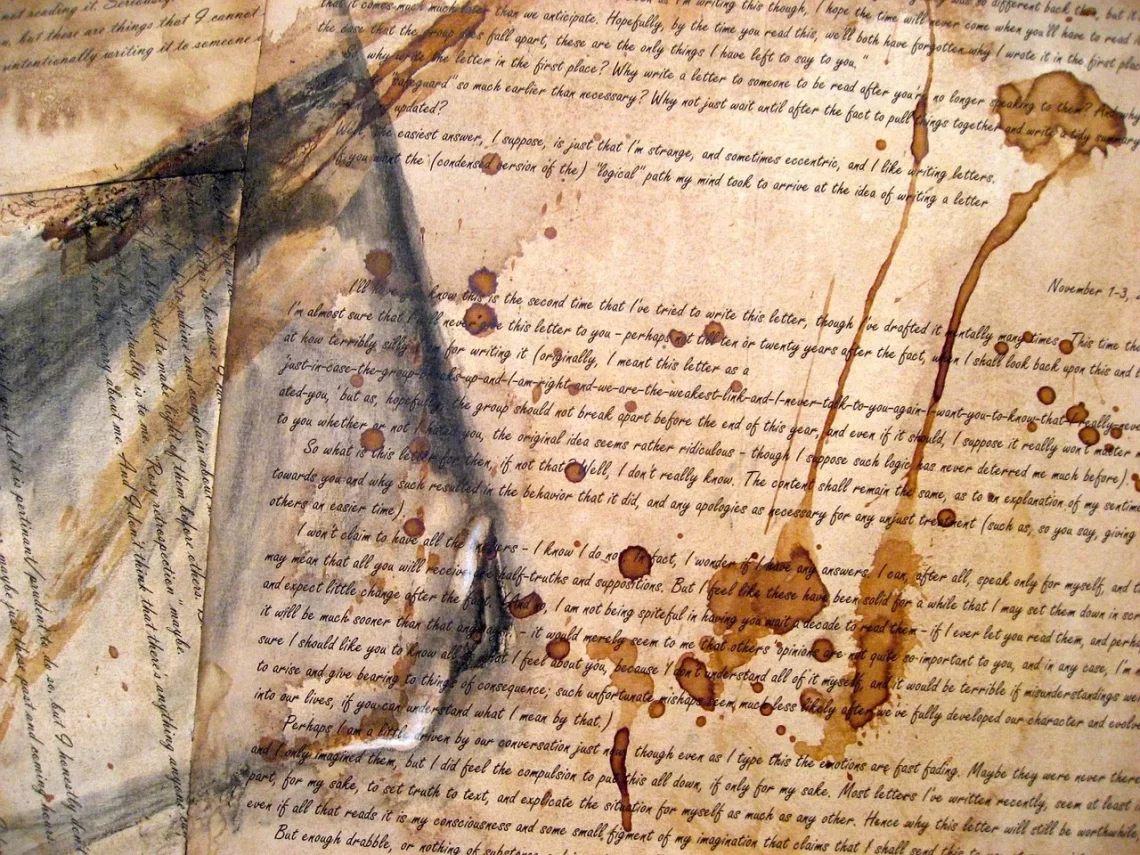
Effective Ways to Remove Vaseline Stains from Fabric
Vaseline is a popular product known for its moisturizing properties and versatile uses, including skincare and lubrication. However, its oily nature can lead to unsightly stains on fabric, making it a challenge to remove. Whether it’s a favorite shirt, a cherished tablecloth, or a cozy blanket, finding a way to eliminate those greasy marks is essential for maintaining the appearance and longevity of your textiles. The difficulty of removing Vaseline stains lies in its thick, waxy consistency, which can cling to fibers and require special treatment to effectively break it down.
When dealing with Vaseline stains, timing is crucial. The sooner you address the stain, the easier it will be to remove. Ignoring the stain can lead to it setting deeper into the fabric, making the cleaning process significantly more challenging. Moreover, different fabrics may require different cleaning methods, so understanding the type of material you are working with is vital. Fortunately, there are several effective techniques and household items that can help in removing these stubborn stains. With the right approach, you can restore your fabric items to their former glory without the need for expensive cleaners or professional help.
Understanding the Nature of Vaseline Stains
To effectively remove Vaseline stains from fabric, it’s essential to first understand what you’re dealing with. Vaseline, or petroleum jelly, is made from a mixture of hydrocarbons that create a thick, greasy substance. This composition allows it to provide an effective barrier for moisture but also contributes to its stain-causing properties. When Vaseline comes into contact with fabric, it can be absorbed into the fibers, leading to dark, oily spots that can be quite difficult to eliminate.
Different fabrics react differently to oils and greases. Natural fibers like cotton and wool may absorb the Vaseline more readily, leading to deeper stains. Synthetic fibers, on the other hand, might resist the stain initially but can still hold onto the residue. Understanding the fabric type is key to selecting the right cleaning method. For instance, delicate fabrics such as silk or chiffon may require gentler approaches to avoid damage, while sturdier fabrics like denim can withstand more vigorous cleaning techniques.
Before attempting to remove the stain, it’s advisable to act quickly. The longer the Vaseline sits on the fabric, the more difficult it becomes to remove. Begin by gently scraping off any excess Vaseline using a dull knife or spoon. Be careful not to rub the stain further into the fabric, as this could cause it to spread. Once the excess is removed, you can proceed with one of the cleaning methods suitable for your fabric type.
Using Absorbent Powders for Effective Stain Removal
One of the most effective methods for removing Vaseline stains involves the use of absorbent powders, such as cornstarch or baking soda. These powders work by drawing out the greasy substance from the fabric. To begin, sprinkle a generous amount of your chosen powder directly onto the stain. Ensure that the powder completely covers the area, as this will maximize its effectiveness.
Allow the powder to sit on the stain for at least 15 to 30 minutes. This waiting period is crucial, as it gives the powder time to absorb the Vaseline. After the time has elapsed, gently brush off the powder with a soft brush or cloth. You may notice that some of the stain has been lifted away. If the stain persists, repeat the process by applying more powder and allowing it to sit again.
After you have lifted as much of the stain as possible with the absorbent powder, it’s time to wash the fabric. Check the care label for washing instructions and choose the appropriate water temperature. Pre-treating the stained area with a small amount of liquid laundry detergent before washing can also enhance the cleaning process.
It’s important to remember to avoid putting the fabric in the dryer until you are sure the stain is completely gone, as heat can set the stain, making it almost impossible to remove. Instead, let the fabric air dry and inspect it once again. If any traces of the stain remain, you can repeat the process or consider using another method.
Utilizing Dish Soap and Vinegar for Stubborn Stains
For more stubborn Vaseline stains that resist initial attempts at removal, a combination of dish soap and vinegar can work wonders. Dish soap is designed to cut through grease, making it an excellent choice for this type of stain. To create your cleaning solution, mix one part dish soap with one part white vinegar in a bowl.
Apply the mixture directly onto the stain, using a clean cloth or sponge to gently rub it in. Work from the outside of the stain toward the center to prevent spreading. Allow the solution to sit for about 10 to 15 minutes, giving it time to break down the Vaseline.
Once the time is up, rinse the area with cold water. It’s important to thoroughly rinse out the soap and vinegar mixture to prevent any residue from damaging the fabric. After rinsing, check to see if the stain has lifted. If necessary, you can repeat the application of the dish soap and vinegar solution.
After you have successfully removed the stain, wash the fabric as per the care label instructions. Again, air drying is recommended to ensure the stain is completely gone before using a dryer. This method is particularly effective on cotton and polyester fabrics, which can handle the vigorous cleaning action without sustaining damage.
Professional Cleaning Solutions for Delicate Fabrics
If you find yourself dealing with Vaseline stains on delicate fabrics such as silk or lace, it’s best to approach the situation with caution. In these cases, using professional cleaning solutions or seeking the help of a dry cleaner may be the safest option. Many commercial stain removers are specifically formulated for tough stains and can be effective without harming delicate materials.
Before applying any commercial product, read the label to ensure it is safe for the specific fabric type. It’s advisable to perform a patch test on a hidden area of the fabric to ensure there is no discoloration or damage. If the test is successful, apply the product directly to the stain according to the manufacturer’s instructions.
For delicate fabrics, consider using a gentle touch when working the stain remover into the fabric. A soft cloth or sponge can be helpful in preventing damage while still being effective. After treatment, rinse the area carefully with cold water and allow the fabric to air dry.
If the stain proves too stubborn, consulting a professional cleaner who specializes in delicate fabrics may be the best course of action. They have the expertise and tools to handle tough stains without risking damage to your cherished garments.
In conclusion, Vaseline stains can be a nuisance, but with the right techniques and tools, they can be effectively removed from various types of fabric. Remember to act quickly, choose the appropriate method based on the fabric type, and always perform tests when using commercial products. By following these steps, you can ensure your fabrics remain in excellent condition, free from unsightly stains.
**Disclaimer:** This article is not intended as medical advice. For health-related problems, it is advisable to consult a qualified healthcare professional.




